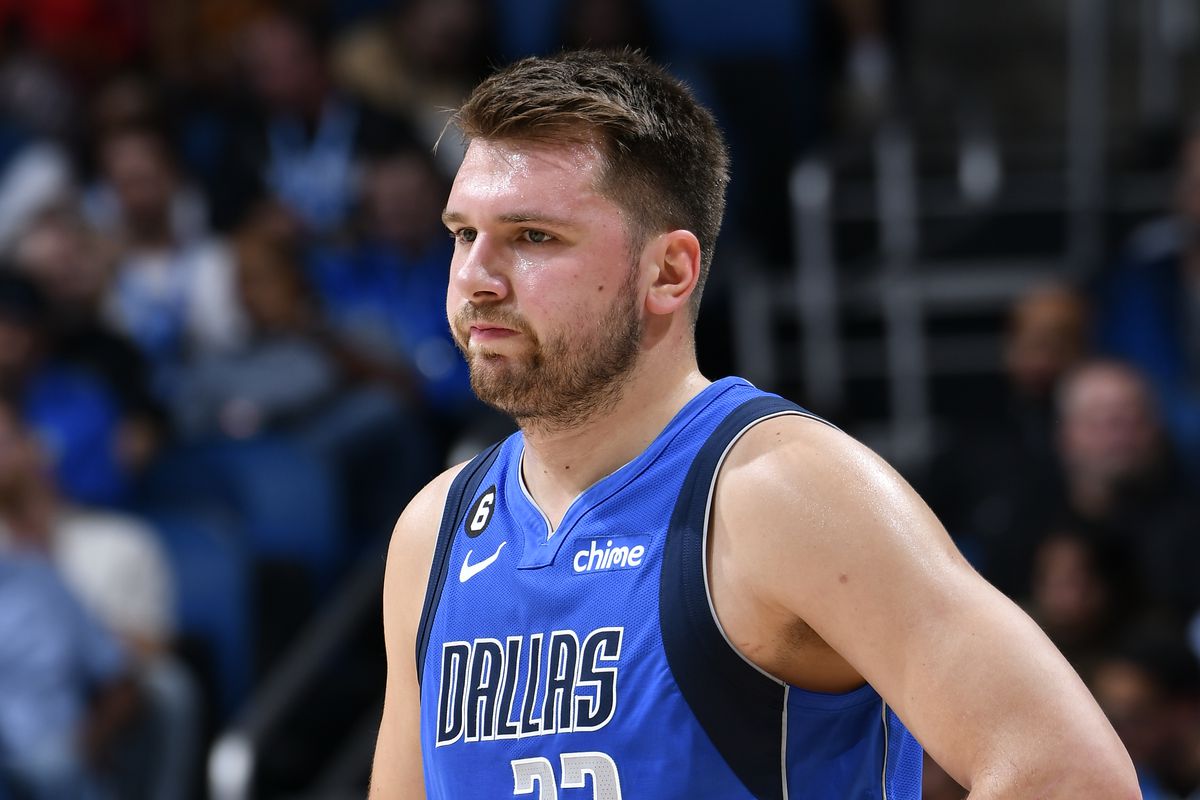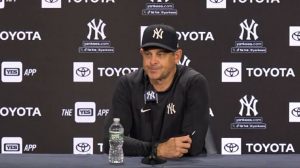
Just In: Dallas Mavericks Star Luka Doncic Has Just Finish Discussion With Oklahoma City Thunder” About His New Contract….
Trying to find consistent sources of offense was definitely the number-one problem tonight against the Dallas Mavericks. In several ways, tonight served as proof that perhaps the best defense is a functioning offense.
This is a “duh” statement, but the Golden State Warriors’ offense simply does not function as well without Steph Curry in there to function as its fulcrum. Add the absence of Draymond Green and the Warriors were faced with a massive mountain from the get-go against the Mavs, who had Luka Dončić and Kyrie Irving at their disposal.
Despite the absence of Green, the Warriors did an excellent job limiting the Mavs to an offensive rating of 102.1 — the equivalent of the best defense in the NBA. But they failed to take advantage of their stops on the other end, as evidenced by their even-worse offensive rating in the first half: 89.4.
There’s only so much they can do without Curry. Ballscreen actions for Chris Paul are low-hanging fruit, but the Warriors aren’t built to be a ballscreen-heavy offense. Klay Thompson can generate advantages himself, especially off the ball on pindowns and staggered screens, but his limited on-ball value places a limit on his ability to be the first or even second option, especially if teams sit on the advantages he tries to create (as the Mavs were able to do tonight, to their credit).
Jonathan Kuminga can score himself, but his ability to do so still banks on a spaced floor — and the Warriors without Curry simply don’t present much of a spacing threat in half-court situations.
As much of a problem as offense was tonight, I want to focus on defense, specifically on coverage decisions the Warriors made against Dončić and Irving. While the numbers in the first half painted a picture of an elite defensive showing, the Mavs alsoposted great numbers on defense that sort of canceled things out.
When both teams are stopping each other on defense, the minute details become much more important: coverage decisions, advantages created, and help rotations that are forced because of them (or aren’t forced). While both teams did a good job defending each other in the first half, it was the Mavs who did slightly more on offense to get the edge.
The first possession that caught my eye: the Warriors deciding to place two defenders on the ball against Dončić around a ballscreen, which means he’s forced to give up possession of the ball — at the expense of opening up the short roll, creating a backline advantage (or disadvantage from the Warriors’ point of view), and forcing help decisions:
The Warriors are comfortable with this coverage because of Trayce Jackson-Davis being the low man. He probably needed to be pinched in earlier to dissuade Daniel Gafford from getting to the rim easily; not pinching in defeats the purpose of his role and why he was tasked to guard Derrick Jones Jr. in the corner. But this is what happens as a consequence of the coverage choice up top — when you choose to put two on the ball, you’re forced to shore things up behind it.





